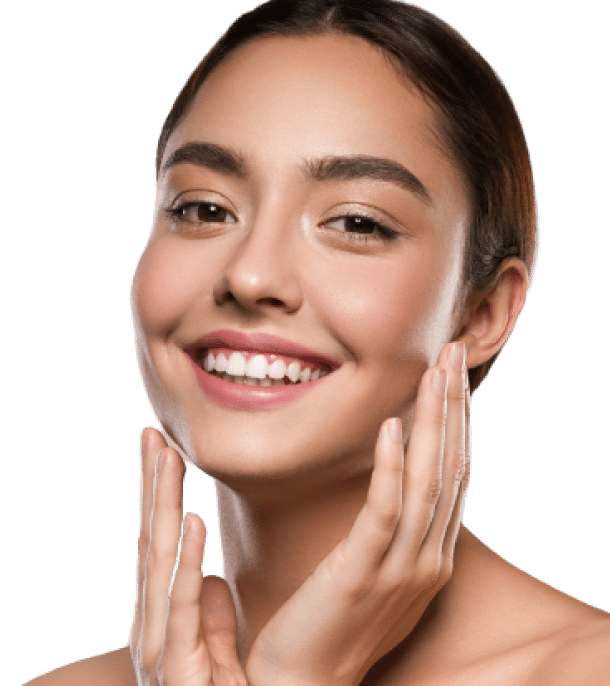What is Asian Blepharoplasty?
Description
East Asians are sometimes born without an upper eyelid crease or minimal eyelid crease. This may create a heavier looking eyelid that hides the pretarsal platform, the portion of the eyelid with the eyelashes. Often, the eyelashes are obstructed by this fold of skin making application of eyeshadow or mascara difficult. Some patients may be interested in an Asian blepharoplasty also known as double eyelid surgery to create more eyelid show or a visible pretarsal platform.
What are the goals of an Asian blepharoplasty?
The goal is to create an eyelid crease that is better defined and potentially raised slightly. This helps create a pretarsal eyelid show so you can see your eyelid margin and lashes making it easier to apply makeup to this area if desired.
The intent of an Asian blepharoplasty is not to westernize the eyelid to the point where it resembles a European eyelid. We want to be sure to keep and preserve the patient’s Asian features but with the lid crease just more elegantly defined and positioned.
Procedure
The outpatient procedure takes approximately 45 minutes to 1 hour and 15 minutes to complete and can be performed in the office or in the operating room. Dr. Patel will have a discussion with the patient regarding their goals of this procedure including crease positioning and level of eyelid show desired. Being precise in incision design is critical to avoid creating a Caucasian eyelid.
An incision is made into the eyelid at the desired level of the crease. Excess skin is conservatively removed and muscle/fat may be debulked. Multiple crease forming sutures are then placed to create a new eyelid crease or better define the pre-existing crease. The skin is then closed with sutures as well.
Recovery
There should be minimal to no pain after the procedure. Instead, itching and tightness is the most common symptom, both of which resolve with time. Driving may be resumed after 3-5 days. Strenuous physical activity is resumed 10-14 days after surgery. Makeup may be used again 2 weeks after surgery. There will be mild to moderate bruising that typically takes approximately 2 weeks to resolve. There will also be swelling that can take a few weeks to resolve and in fact, East Asians tend to have more prolonged postoperative eyelid swelling with surgery than other ethnicities but ultimately it does resolve. How one recovers does depend on the patient’s health, age, medications, and adherence to postoperative instructions. In approximately 2-3 weeks, you should be presentable in public.
Why choose Dr. Patel?
Asian blepharoplasty is a unique procedure that is entirely different from other blepharoplasty procedures. There are entire textbooks devoted to this one single procedure. The challenge lies in what creates an eyelid crease and how to adjust the crease. Dr. Patel is a board-certified ophthalmologist with subspecialty training as an oculofacial plastic surgeon having completed a rigorous two-year ASOPRS fellowship to become an eyelid specialist. Dr. Patel has performed thousands of eyelid surgeries and has an intricate understanding of the anatomy of the upper eyelid. He is comfortable in finding the structures involved in forming the eyelid crease and can reconstruct a new crease as discussed with the patient during the pre-operative visit. Dr. Patel will take every step to not create a Caucasian eyelid but instead let the patient continue to look like themselves with a more elegantly defined aesthetic of the upper eyelid. Subtle adjustments are key in Asian blepharoplasty.
FAQs
